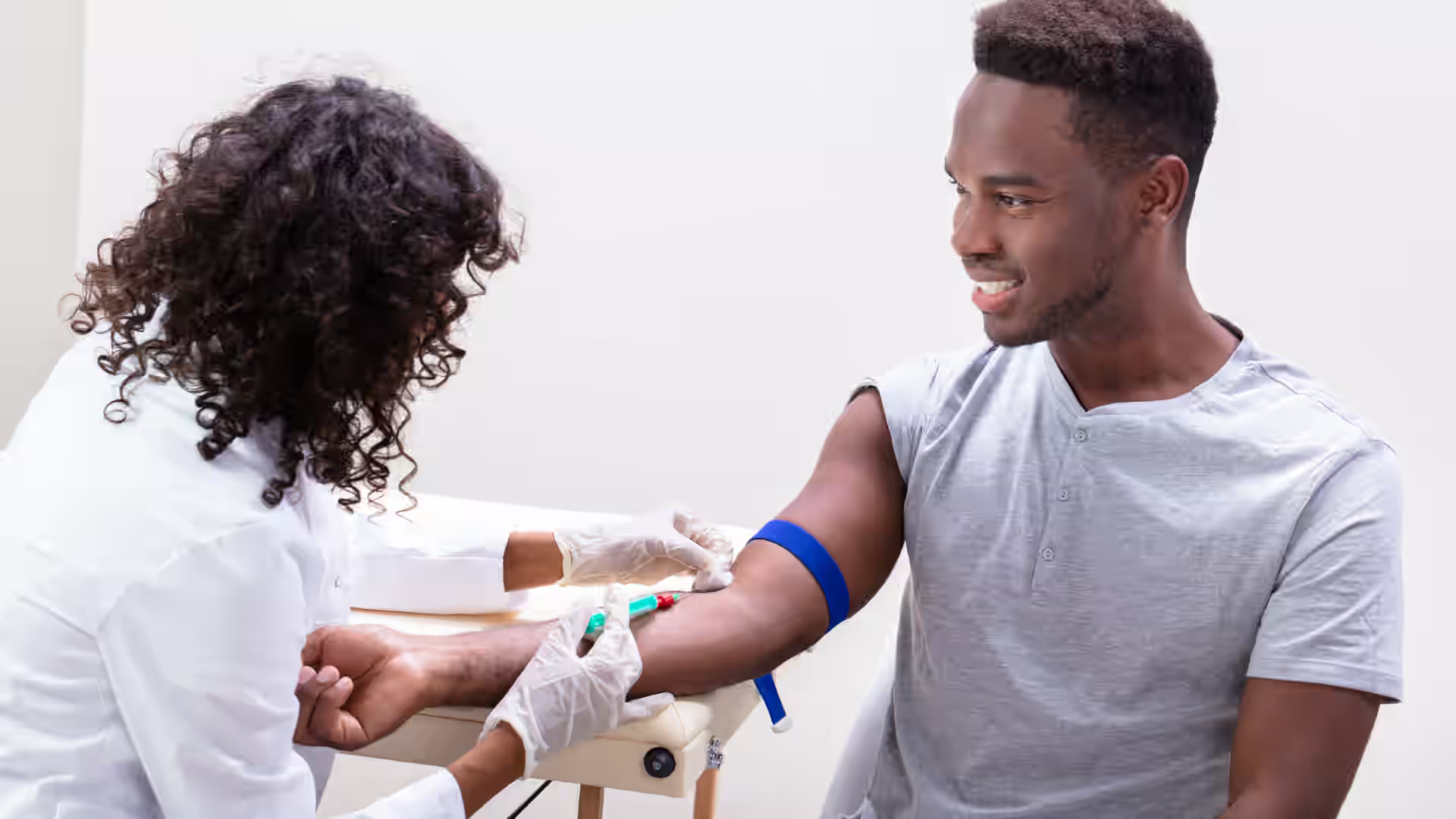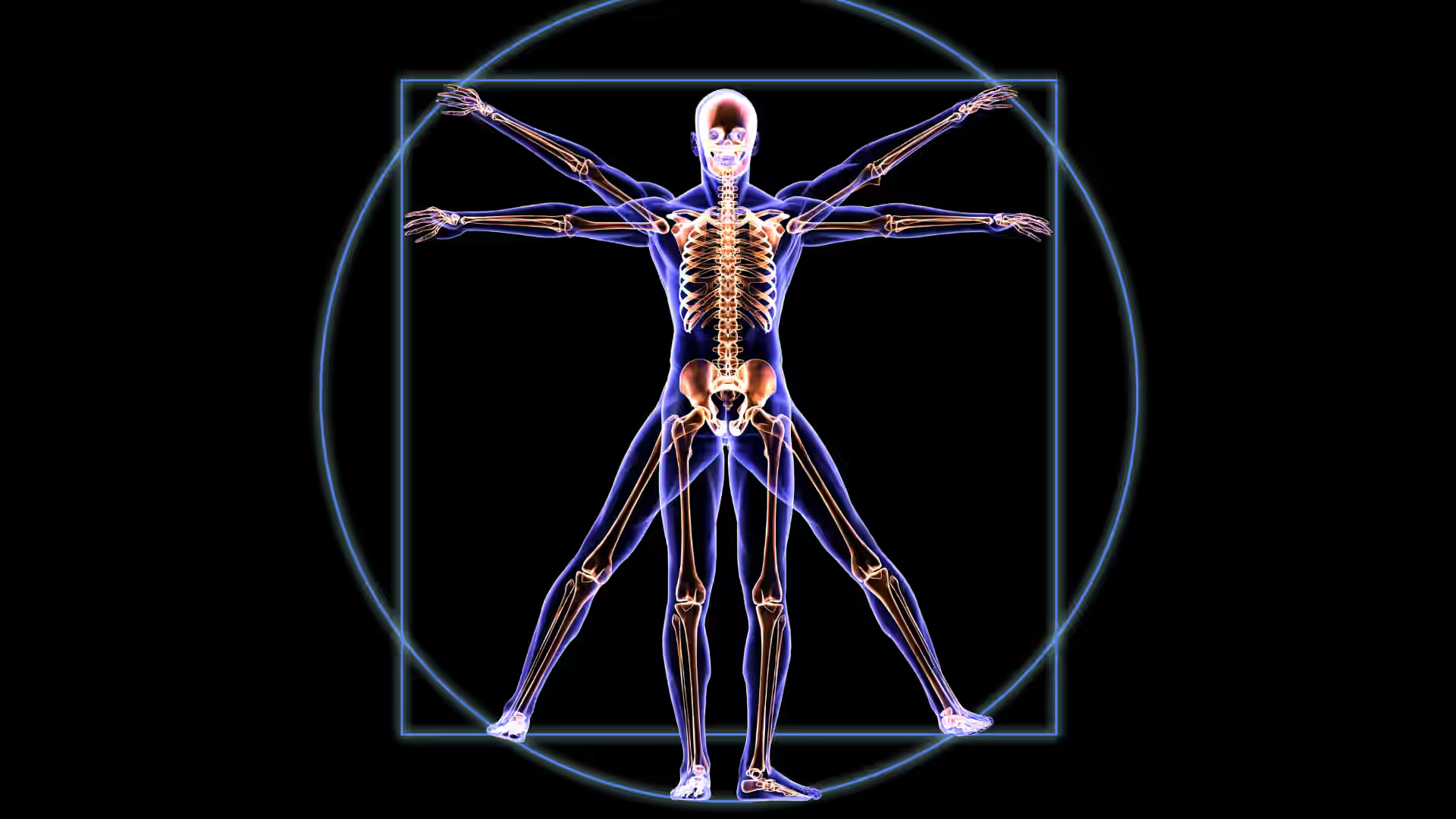Obsessive-Compulsive Disorder is not as orderly as its name might suggest.
While commonly associated with rituals like hand-washing and organizing, OCD is a multifaceted disorder with diverse presentations. For many individuals, OCD extends beyond rituals. It often involves intrusive thoughts that are deeply unsettling, leading to a constant tug-of-war between rational awareness and persistent doubt.
Clinicians frequently encounter patients who have struggled for years without understanding their symptoms. Supporting individuals with OCD requires more than standard interventions. It demands a thoughtful clinical approach, understanding the disorder's underlying mechanisms, and evidence-based strategies.
This article provides a comprehensive resource on OCD, covering symptom presentations, diagnostic challenges, therapeutic approaches, and integrative care strategies.
[signup]
Understanding Obsessive-Compulsive Disorder
To support individuals with OCD, it is essential to understand how the disorder presents, who it affects, and how our understanding has evolved. A comprehensive understanding is important for providing effective care and support.
What is Obsessive-Compulsive Disorder?
Obsessive-Compulsive Disorder (OCD) involves the presence of obsessions, compulsions, or both. Obsessions are intrusive, unwanted thoughts, images, or urges that cause distress. Compulsions are repetitive behaviors or mental actions performed to alleviate anxiety or prevent feared outcomes.
OCD can manifest through visible behaviors like checking or cleaning, or through internal rituals such as mental reassurance or silent repetition. Insight into these behaviors varies; some individuals recognize their actions as excessive, while others may doubt their own experiences.
The disorder's presentation can differ significantly across individuals, requiring personalized assessment and intervention.
Historical Context and Evolution of OCD Understanding
Historically, OCD was often misunderstood and sometimes attributed to moral or religious beliefs.
Psychological models gradually shifted to focus on cognitive and behavioral explanations, emphasizing the role of intrusive thoughts and learned responses.
Today, OCD is understood as a complex condition influenced by biological, psychological, and environmental factors. Ongoing research is refining our understanding of the neurocognitive mechanisms and familial patterns associated with OCD. These advancements have led to more precise classifications and a broader awareness of the disorder's varied presentations.
Prevalence and Demographics
OCD affects approximately 2 to 3 percent of the global population, with symptoms typically emerging in childhood or early adulthood. Increased awareness and updated diagnostic criteria have led to more individuals being recognized, though many still face barriers to receiving proper care.
Onset and presentation vary across demographics. Research suggests that males often experience an earlier onset, typically in childhood, and may present with different symptom patterns compared to females. In contrast, females may be more likely to seek treatment during adolescence or adulthood, with a higher prevalence of contamination-related obsessions.
Common Symptoms and Behavioral Patterns
OCD symptoms vary widely. Common obsessions may include:
- Fears of contamination
- Concerns about harm to oneself or others
- Intrusive sexual thoughts
- Preoccupations with symmetry
Compulsive behaviors commonly include:
- Washing or cleaning
- Checking
- Repeating actions
- Mental reviewing or seeking reassurance
These behaviors are often intended to reduce distress, but frequently reinforce the cycle of worry and ritual.
Advanced Diagnostics and Functional Aspects
Accurate assessment is essential for identifying the right support strategies.
Diagnostic Criteria and Tools
The DSM-5 outlines the diagnostic criteria for OCD, which include the presence of obsessions and compulsions that cause significant distress or impairment.
Standard assessment tools used in clinical practice include:
- Yale-Brown Obsessive-Compulsive Scale (Y-BOCS): Measures the severity of OCD symptoms
- Obsessive-Compulsive Inventory-Revised (OCI-R): Assesses various symptom types
- Structured Clinical Interviews (e.g., SCID-5): Used to support broader psychiatric evaluations
These tools help clinicians identify symptom patterns and assess their impact, though they should be used as part of a thorough clinical assessment.
In addition to traditional methods, new technologies such as mobile symptom trackers and neuroimaging tools are being explored. Functional MRI (fMRI) and PET scans have provided valuable insights into brain activity patterns associated with OCD.
Although these methods are not yet standard in clinical practice, they may help enhance diagnostic accuracy and inform treatment approaches as research progresses.
Neurobiological and Functional Perspectives
Research suggests that OCD is associated with disruptions in the cortico-striato-thalamo-cortical circuit, which plays a role in response inhibition, error detection, and habit formation.
Neurotransmitters such as serotonin, dopamine, and glutamate also appear to contribute to the disorder, though more research is needed to understand their roles in OCD. These findings are helping to refine our understanding of OCD and its underlying mechanisms.
Functional imaging studies have shown altered activity in areas like the orbitofrontal cortex and caudate nucleus in individuals with OCD. While these tools are not routinely used in diagnosis, they provide important insights that may influence future treatment approaches.
Psychological and Behavioral Analysis
Cognitive-behavioral theories suggest that OCD is maintained by distorted thought patterns, such as overestimating threat or an intolerance of uncertainty. These thought patterns often lead to compulsive behaviors that are intended to reduce anxiety but typically reinforce the cycle of obsession.
Comprehensive psychological assessments, including cognitive profiling and behavioral observations, are essential for understanding how OCD manifests in each individual. A holistic assessment approach allows clinicians to tailor interventions that address the symptoms and the underlying cognitive and behavioral patterns.
Treatments and Therapeutic Approaches
Managing Obsessive-Compulsive Disorder effectively requires a multi-faceted approach, combining conventional treatments with alternative strategies.
Conventional Medical Treatments
Conventional treatments for OCD include medications and psychotherapy, both of which aim to manage symptoms and improve quality of life.
SSRIs like fluoxetine, fluvoxamine, and sertraline are frequently prescribed for managing symptoms of OCD. These medications help regulate serotonin levels and reduce distress caused by obsessive thoughts and compulsive behaviors. In more severe cases, clomipramine or antipsychotic medications may be considered.
Cognitive-behavioral therapy (CBT), particularly exposure and response prevention (ERP), is the most effective form of psychotherapy for OCD. ERP involves gradual exposure to feared thoughts or situations while preventing compulsive behaviors, reducing obsessive anxiety.
Combining CBT with medication can improve treatment outcomes for many individuals.
Integrative and Alternative Approaches
In addition to conventional therapies, many individuals find that integrative approaches support their overall well-being.
Holistic and Complementary Therapies
Mindfulness, yoga, and dietary changes have shown potential to support overall well-being and manage OCD symptoms.
Mindfulness helps individuals develop awareness of their thoughts without reacting to them, which may reduce the intensity of obsessions. Yoga and other relaxation techniques can also reduce stress, which may help alleviate symptoms.
There is growing interest in how diet and specific vitamins or supplements may support mental well-being. Some studies suggest that nutrients like omega-3 fatty acids and vitamin D may be beneficial.
However, further research is needed to determine their role in OCD management and how they may complement conventional treatments.
Cutting-edge Research and Future Trends
Research into OCD treatments is advancing rapidly, with new therapies offering hope for individuals who do not respond to standard approaches.
Emerging treatments such as deep brain stimulation (DBS) and transcranial magnetic stimulation (TMS) are being explored for treatment-resistant OCD. These methods target specific brain regions involved in OCD symptoms.
Additionally, virtual reality therapy (VRT) and cognitive enhancement techniques are being explored as potential therapeutic options.
Global research, including large-scale genetic studies and clinical trials, is expanding our understanding of OCD. These efforts may lead to more personalized and effective treatment strategies.
Rare Causes and Uncommon Symptoms
OCD often presents in familiar forms, but less common presentations are just as important to recognize. These rare manifestations can be overlooked, leading to misdiagnosis and delayed care.
In addition to typical compulsions, some individuals may experience less common symptoms like:
- Mental Compulsions: Silent counting, mental repetition, or reviewing thoughts.
- Musical Obsessions: Repetitive songs or sounds invading thoughts.
- Hoarding: Accumulation of seemingly insignificant items, not in extreme forms.
- Somatic Obsessions: Excessive grooming or concerns about having a physical condition despite no medical evidence.
Rare symptoms may be mistaken for other mental health concerns, such as generalized anxiety (GAD) or obsessive-compulsive personality disorder (OCPD). Some individuals may not recognize their behaviors as OCD, making an accurate diagnosis more challenging. A thorough clinical evaluation is necessary to identify these atypical presentations.
Global and Cultural Perspectives on Rare Cases
Cultural beliefs and practices influence how OCD symptoms are reported. These influences can lead to variations in symptom presentation across regions.
In some cultures, fears related to spiritual contamination or moral purity may lead to obsessions about offending spirits or maintaining social harmony. In cultures where mental health is stigmatized, individuals may hide or frame their symptoms in culturally acceptable ways. Social norms may also encourage individuals to view OCD behaviors as duties or responsibilities rather than compulsions.
Case studies show how OCD can manifest differently across cultures. For example, in Japan, OCD involves symmetry and order around cleanliness. In the Middle East, ritual purity obsessions are often linked to religious practices. In parts of Africa, magical thinking can lead to obsessions about the need for protection from perceived harm.
Managing Life with Obsessive-Compulsive Disorder
Managing OCD requires consistent strategies, lifestyle changes, and a strong support network. These practices can help reduce stress and improve overall well-being.
Practical Tips for Patients and Caregivers
- Establish a Routine: A structured daily routine can help reduce the uncertainty that often triggers anxiety in individuals with OCD.
- Break Tasks into Steps: Breaking larger tasks into smaller, manageable steps can reduce overwhelm and minimize compulsive behaviors.
- Limit Reassurance-Seeking: Constant reassurance can reinforce OCD patterns. Encouraging self-assurance helps reduce reliance on others.
- Adopt Mindfulness Practices: Mindful breathing or grounding exercises can help manage intrusive thoughts and anxiety.
- Monitor Triggers: Identifying triggers allows individuals to develop proactive strategies to cope with obsessions and compulsions.
- Maintain Healthy Habits: Regular physical activity, balanced nutrition, and quality sleep hygiene support overall well-being and reduce stress, which may help alleviate symptoms.
- Set Boundaries on Rituals: Limiting the time spent on compulsive behaviors helps reduce the anxiety that often reinforces them.
Create a Supportive Community
Support networks are key in reducing feelings of isolation and providing a space for sharing experiences and advice. In addition to self-management strategies, professional guidance is often essential for long-term success.
- Support Groups: Joining OCD support groups allows individuals to share experiences and learn from others facing similar challenges. These groups provide a safe, non-judgmental space for discussion.
- Family and Friends: Educating loved ones about OCD fosters a supportive, informed environment that can help reduce misunderstandings and promote recovery.
- Online Resources: Online communities and forums dedicated to OCD offer additional support, especially for those who may not have access to in-person groups.
Frequently Asked Questions
Below are common questions about Obsessive-Compulsive Disorder.
What are the early warning signs of Obsessive-Compulsive Disorder?
Early signs of OCD may include behaviors such as checking, cleaning, or mental rituals that arise due to distressing thoughts. Identifying these patterns early can help determine when support may be needed.
How is Obsessive-Compulsive Disorder diagnosed across different cultures?
Cultural factors can influence how OCD symptoms are expressed and understood. In some cultures, religious or moral concerns, such as fears of impurity or spiritual contamination, may shape obsessions. Understanding these cultural differences is essential for an accurate diagnosis and tailored support.
What are the most effective conventional and integrative treatment options available?
Conventional treatments typically involve SSRIs and cognitive-behavioral therapy, specifically exposure and response prevention. Complementary therapies like mindfulness, yoga, and dietary changes may also help support overall well-being and symptom management.
How can individuals manage daily life while living with Obsessive-Compulsive Disorder?
Managing OCD in daily life involves creating routines, breaking tasks into manageable steps, and reducing reassurance-seeking. Mindfulness practices and regular exercise can also help. Building a strong support network is key to managing symptoms effectively.
What future advancements are expected in the research and treatment of Obsessive-Compulsive Disorder?
Research into treatments like deep brain stimulation, transcranial magnetic stimulation, and virtual reality therapy is advancing. These innovations and improvements in functional imaging and genetics may offer more personalized treatment options.
[signup]
Key Takeaways
- This guide offers a comprehensive overview of Obsessive-Compulsive Disorder (OCD), covering common and rare symptoms, diagnostic criteria, treatment options, and recent research.
- Treatment approaches should combine conventional methods (such as medications and CBT) with integrative strategies (like mindfulness and lifestyle changes) for a more holistic management of OCD.
- Practical advice for patients and caregivers includes establishing routines, implementing coping strategies, and creating strong support networks.
- It is essential to approach OCD with empathy and an open mind, recognizing that each individual's experience is unique. Continued learning and research are critical to offering informed, compassionate care for those affected by the disorder.






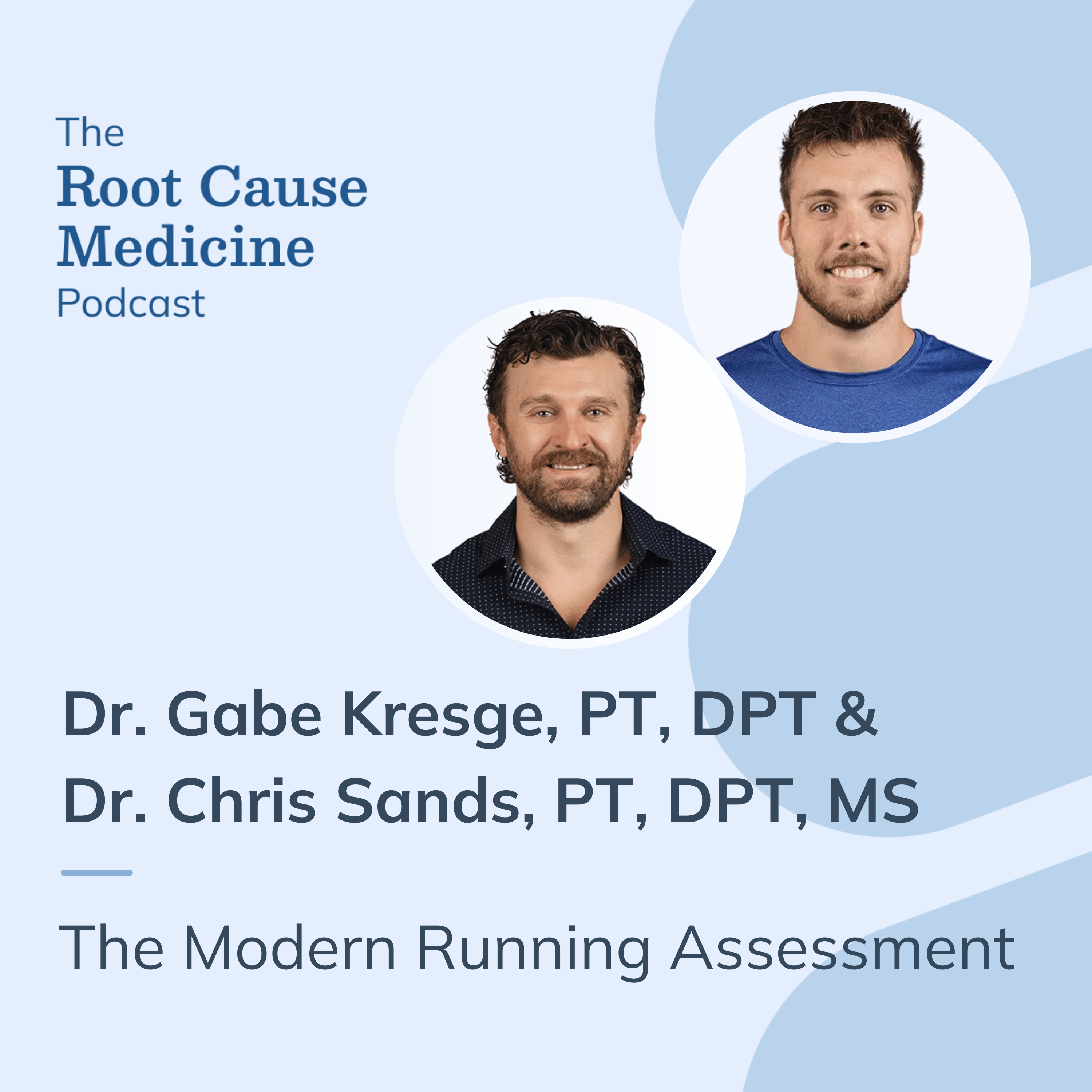
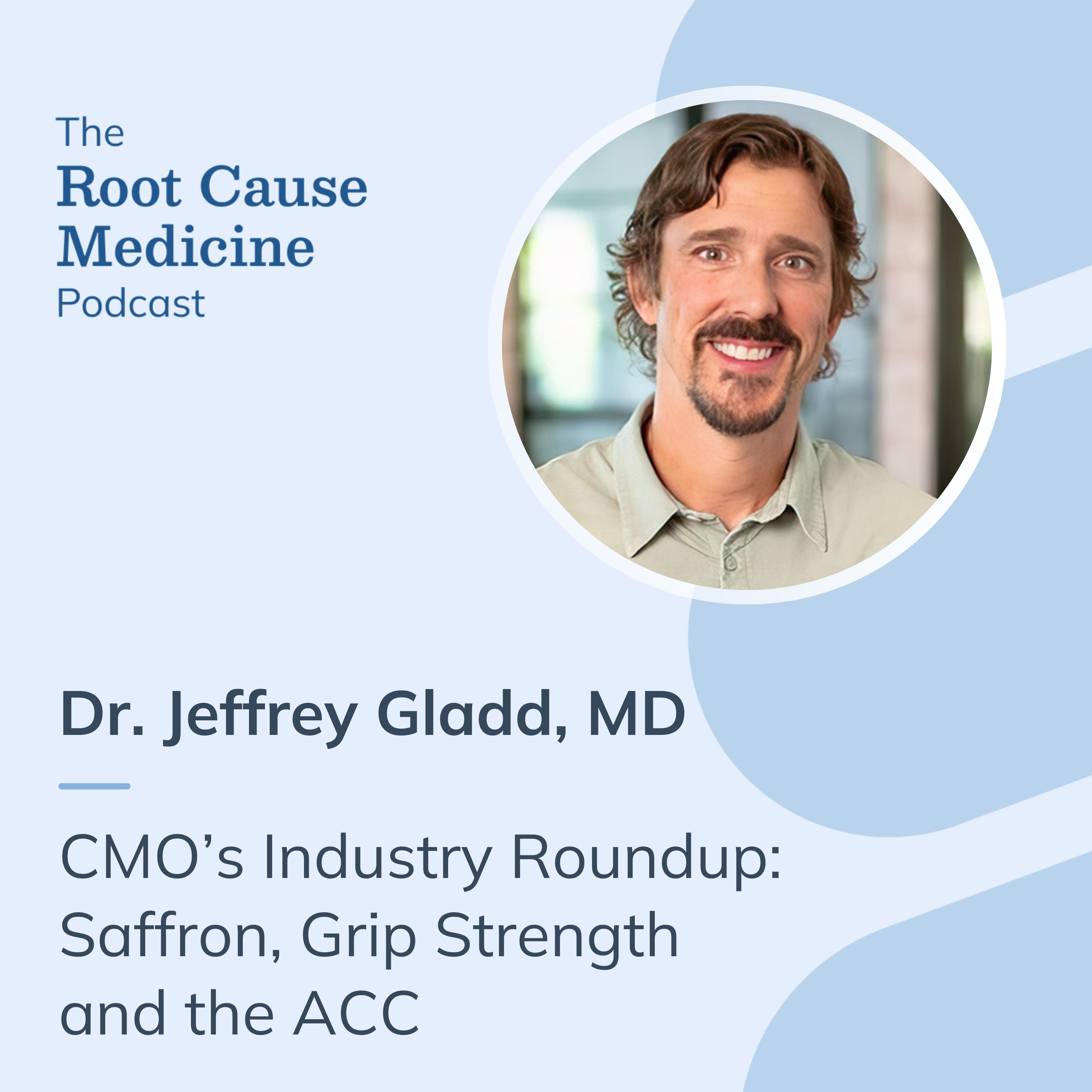
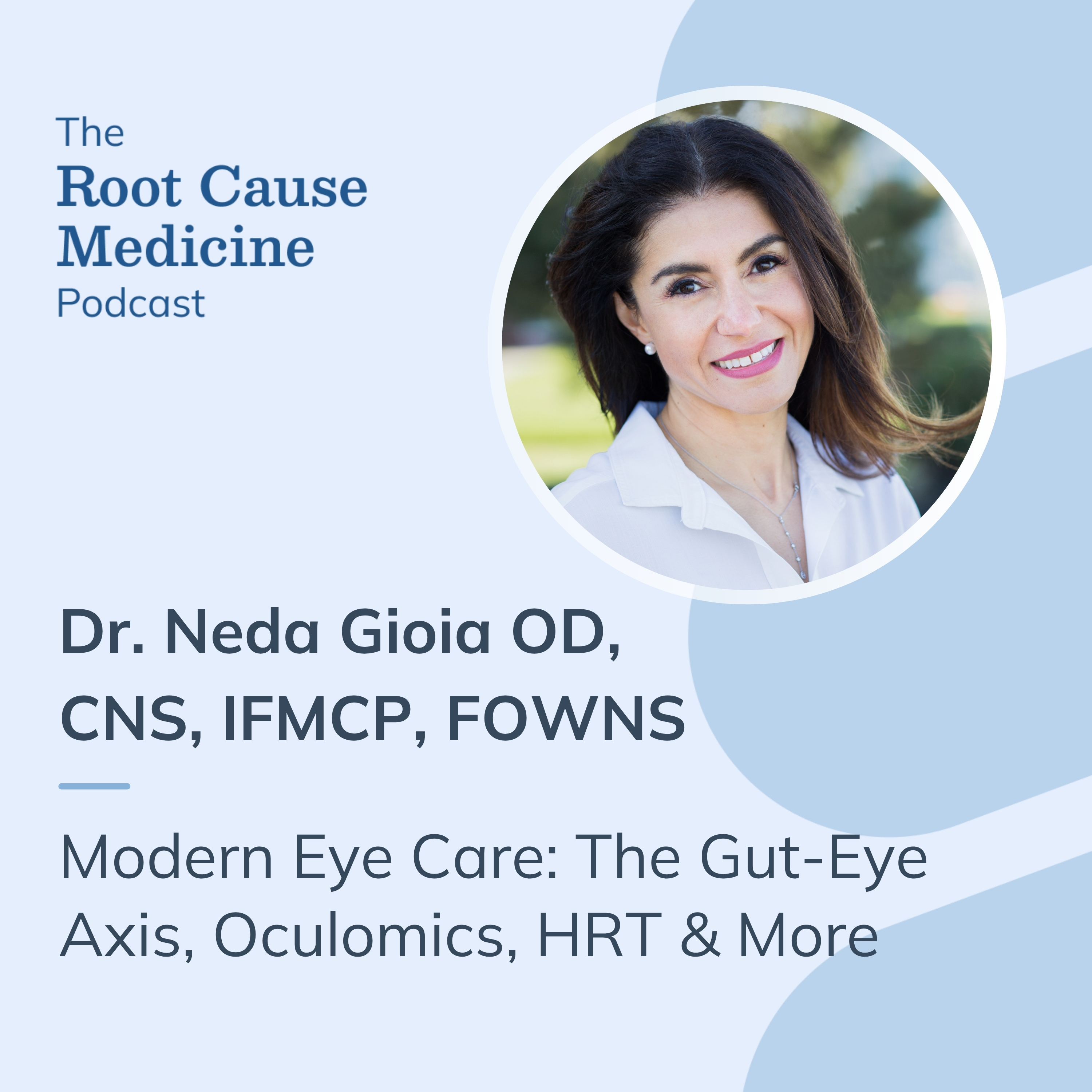
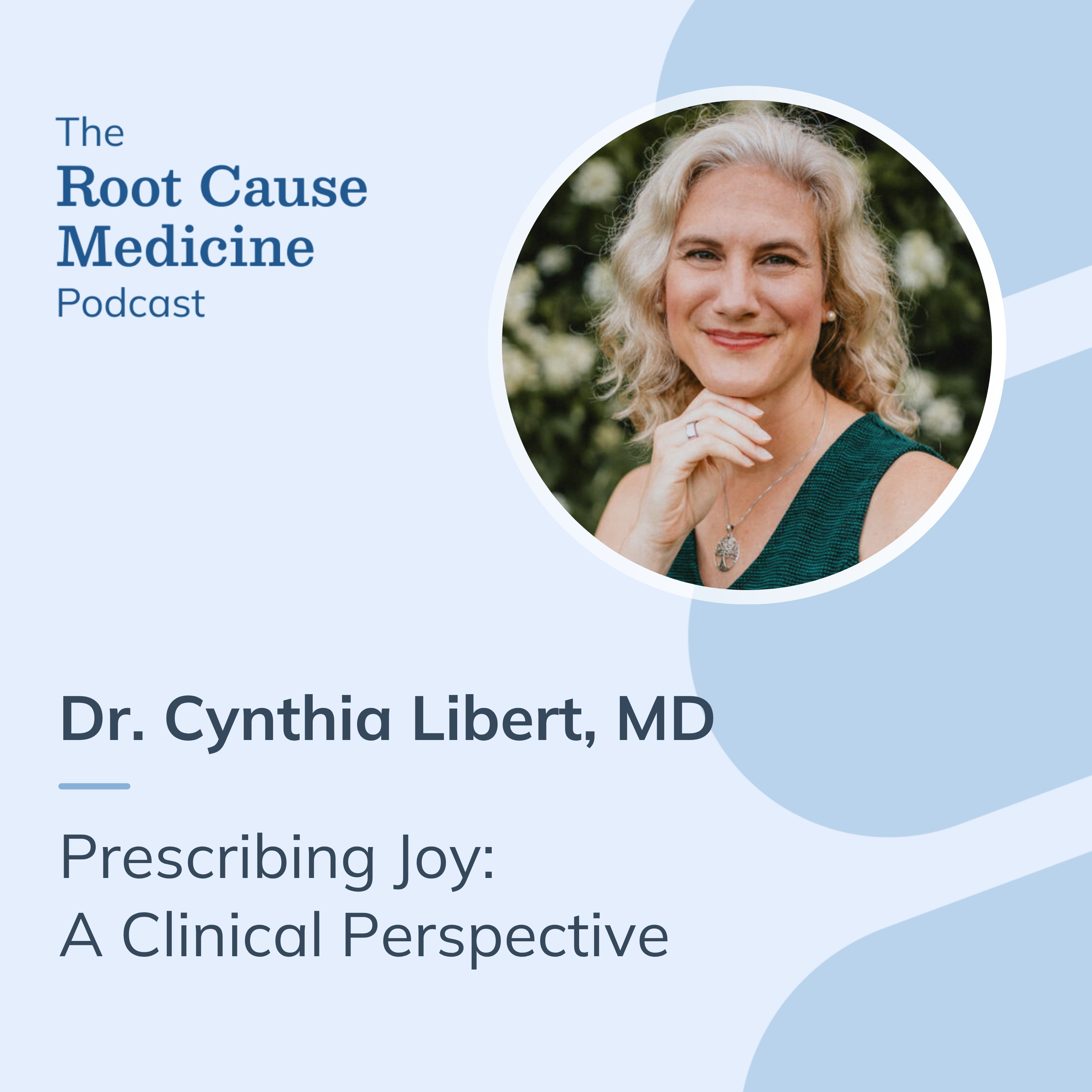


%201.svg)




